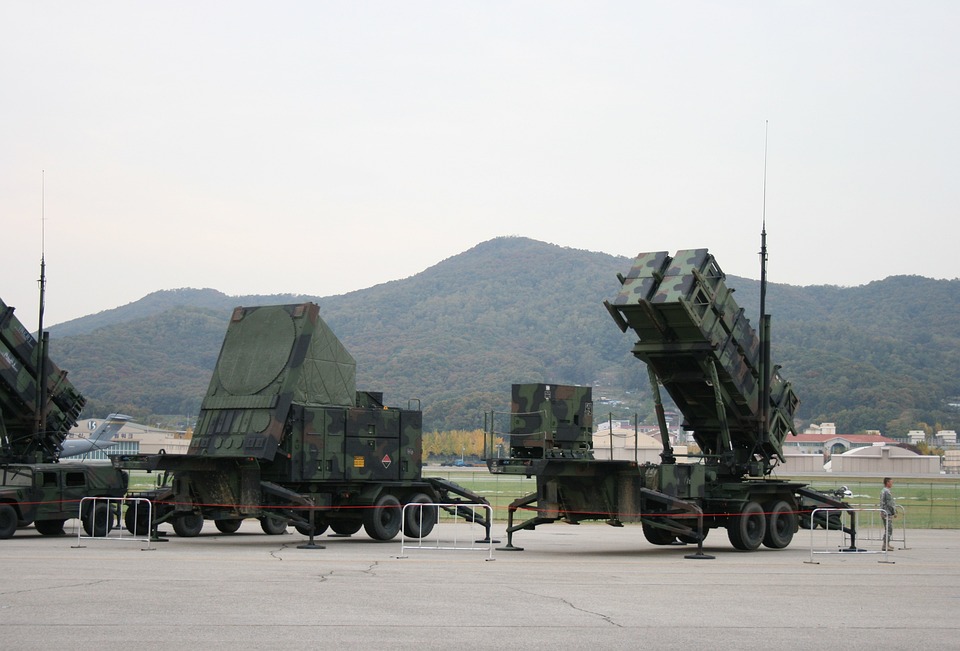
Since the initiation of the Ukrainian counter-offensive approximately a month ago, the deployment of Russian Kamov Ka-52 attack helicopters has emerged as a formidable threat. These helicopters have proven highly effective in engaging and neutralizing various armored assets, including Leopard tanks, Bradley infantry fighting vehicles, and French ANH-10 tanks, among others.
Moreover, the introduction of Lancet kamikaze drones has added another layer of concern for Ukrainian forces. Despite their smaller size, these drones have demonstrated significant destructive capabilities on the battlegrounds of Ukraine.
In response to these evolving challenges, the Ukrainian military is set to receive a noteworthy addition to its air defense capabilities. Specifically, the delivery of 10 laser targeting devices designed for integration with the IRIS-T SLM air defense system is expected to bolster their defense posture.
However, it is worth noting that the recent updates to the IRIS-T SLM system have raised eyebrows due to the unconventional use of laser-targeting devices. The system, which traditionally relies on infrared-guided missiles for target engagement, has now been equipped with laser targeting technology. This move appears peculiar as the missile guidance primarily relies on a combination of parameters to identify targets, rather than solely relying on thermal signatures.
Typically, the IRIS-T SLM system employs advanced navigation technology, including GPS and INS for autonomous navigation, as well as a radiofrequency data link for real-time target updates from external radar systems. The missile also utilizes a high-precision passive infrared seeker, enabling accurate target detection and tracking, enhancing precision, and resilience against countermeasures.
It should be noted that the IRIS-T SLM system, in its standard configuration, does not include an optical target detection station for laser aiming devices. Consequently, achieving effective laser-beam target identification at distances of up to 40 km (25 miles), within the system’s operational range, poses a significant challenge. Nevertheless, the Ukrainian military seems intent on integrating these laser targeting devices into their defense strategy, potentially aiming to enhance their capabilities in countering aerial threats in the region.
The integration of laser guidance systems into the IRIS-T SLM air defense system presents a complex puzzle that warrants examination. One possible strategic rationale behind this move could be to enhance the system’s capabilities through the addition of a missile with semi-active laser guidance. A notable example of successful laser-guided targeting is the APKWS system, which employs laser illumination to precisely track air targets.
By supplementing the air defense system with APKWS launchers, the overall efficiency could be significantly improved, offering an economical solution for countering threats like kamikaze drones or helicopters, thus providing an additional layer of protection.
Missiles equipped with laser guidance possess the capability to intercept a broad range of airborne targets effectively. The laser guidance allows the missile to track and follow a laser beam directed at the target, resulting in high accuracy and precision in targeting. This makes laser-guided missiles particularly adept at engaging fast-moving targets that might prove challenging for other guidance systems.
However, it should be noted that helicopters, such as the Ka-52, have a relatively better chance of evading hits from laser-guided missiles due to their onboard countermeasures systems. The Ka-52’s avionics incorporate a laser warning receiver, which alerts the pilot when a laser beam targets the helicopter. In response, the countermeasures system deploys flares and chaff to create decoy targets, confusing the guidance system of the laser-guided missile. Additionally, the Ka-52 is equipped with an infrared jammer that disrupts the missile’s ability to track the helicopter by emitting interference signals.
Nonetheless, the probability of Ukrainian armed forces successfully engaging the Ka-52 with such missiles is increasing, as countermeasures may not always be effective. However, when dealing with kamikaze drones, such as the Lancet, the situation differs significantly. Unlike the Ka-52 and other drones used in the conflict, the Lancet lacks comparable capabilities, making it a more vulnerable target for laser-guided missile interception. Similarly, drones like Geren-2 or Shahed 136 also share this vulnerability when confronted with laser-guided systems.




